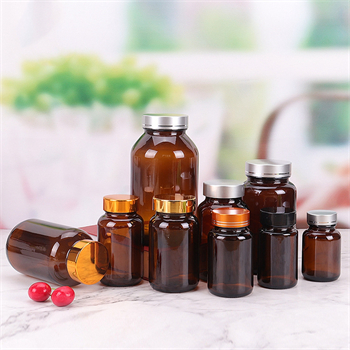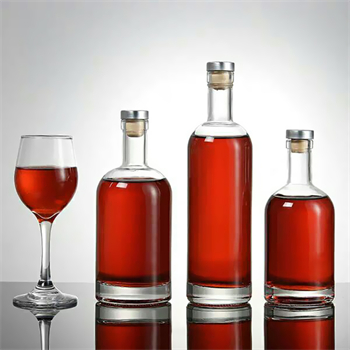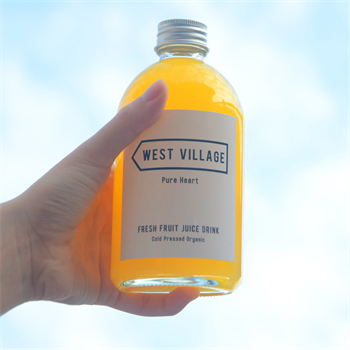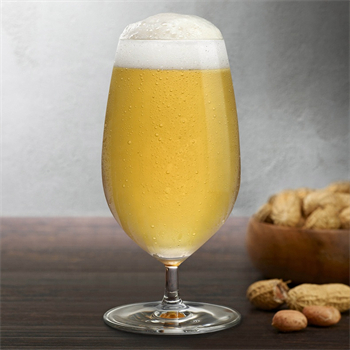Application of glass bottles in packaging industry
Application of glass bottles in packaging industry The main characteristics of glass packaging containers are: non-toxic and tasteless; transparent, beautiful, good barrier properties, airtight, abundant and universal raw materials, low price, and can be used in multiple cycles. And it has the advantages of heat resistance, pressure resistance, and cleaning resistance. It can be sterilized…










